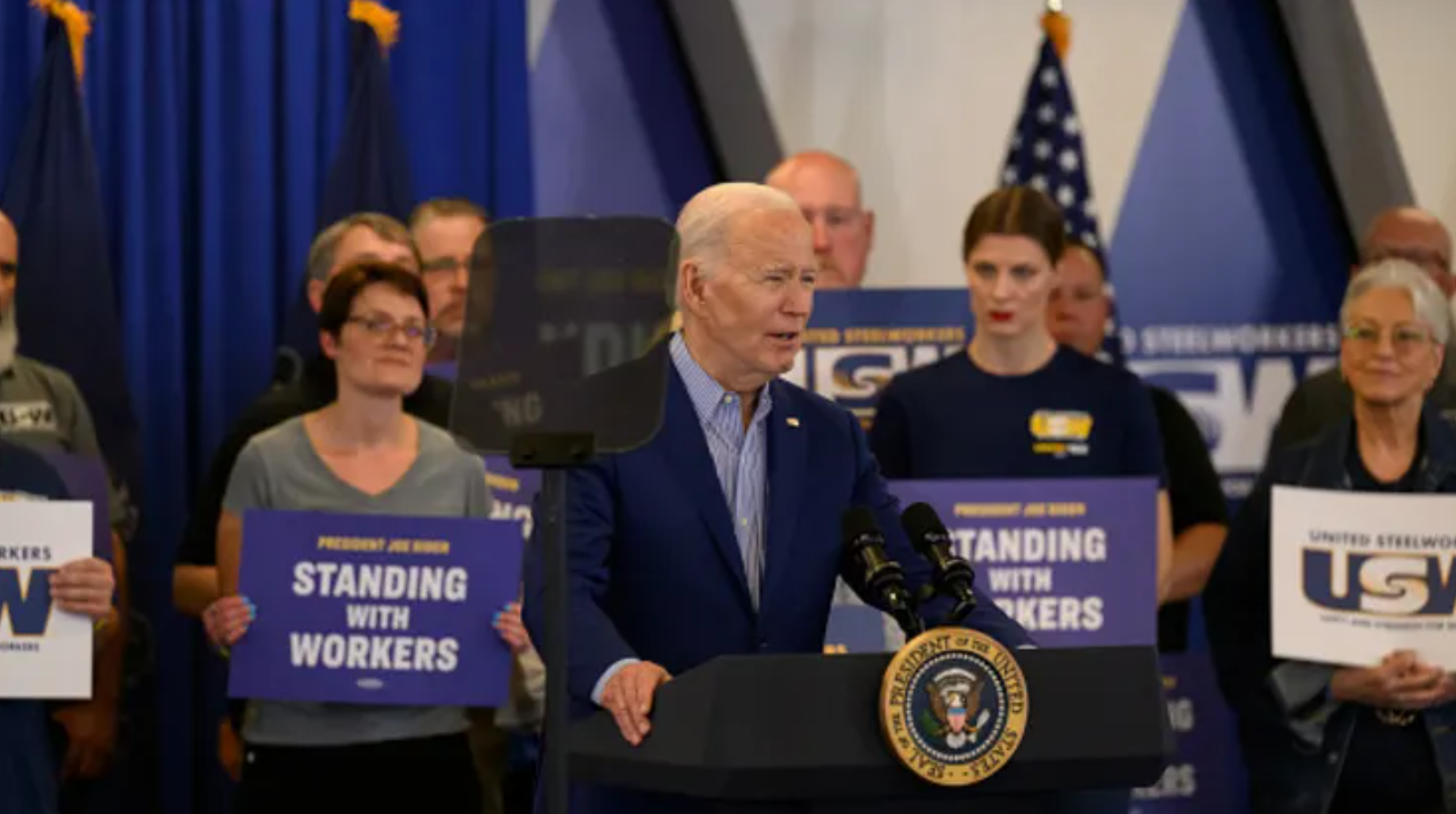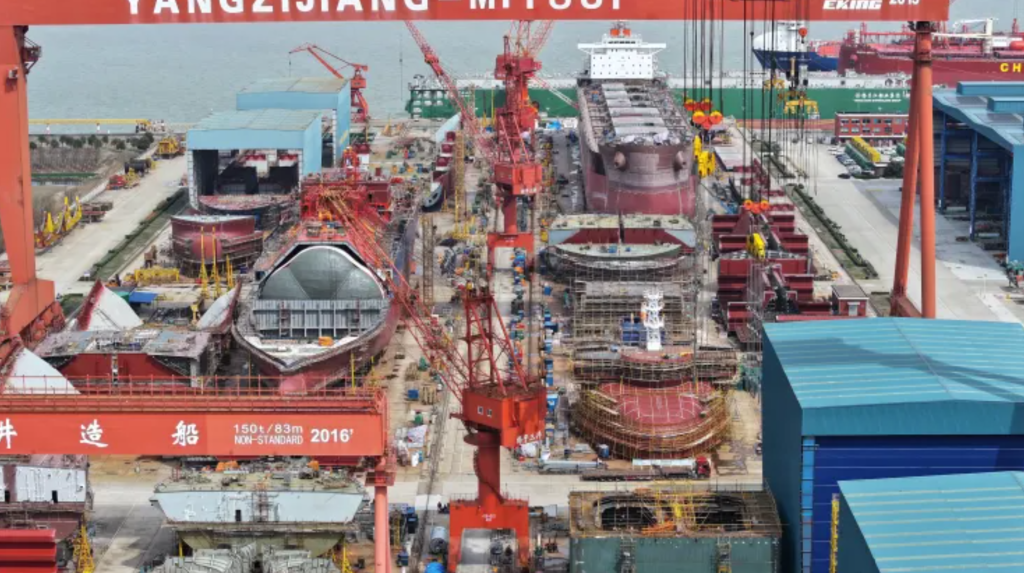
President Biden’s ambitious plan to revitalize the U.S. steel industry and challenge China’s dominance in shipbuilding faces significant economic challenges, according to maritime industry analysts. The Biden administration’s recent trade investigation into Chinese ship manufacturing is part of a broader strategy to boost the U.S. steel sector. However, experts caution that bringing shipbuilding back to the U.S. may not be economically viable due to various factors.
While acknowledging China’s trade practices in shipbuilding, analysts point out that the primary competitors to China in this sector are Asian nations like Japan and South Korea. These countries have established themselves as leaders in shipbuilding, with vast economies of scale and highly competitive pricing. In contrast, the U.S. shipbuilding industry has dwindled since the 1980s, following the withdrawal of government subsidies by a former administration.

Historically, U.S. shipyards accounted for only a small fraction of the world fleet, and the lack of economies of scale made domestic shipbuilding less competitive. Today, U.S.-made vessels are significantly more expensive than those produced in China, Japan, or South Korea. The Biden administration’s push to revive domestic shipbuilding is seen by some analysts as more of a political move than a practical solution, given the economic realities of the industry.
The challenges facing U.S. shipbuilding are multifaceted. Not only are foreign-made vessels substantially cheaper, but they also boast larger carrying capacities, making them more economically viable for ocean carriers. For example, recent data shows that vessels ordered from China cost significantly less than those built in the U.S. and have a much larger capacity, making them more attractive to shipping companies.
Moreover, the return on investment (ROI) metrics for U.S.-made vessels are less competitive compared to their foreign counterparts. Higher build prices and smaller carrying capacities mean that U.S. vessels must charge higher freight rates to generate profits, putting them at a disadvantage in the global market.
Analysts emphasize that labor costs and the availability of skilled workers pose additional challenges to U.S. shipbuilding. While subsidies could help offset some of these costs, sustaining domestic shipbuilding competitiveness would require significant government support in the long term.
Despite efforts to increase the size of the U.S. Navy, challenges remain in aligning defense budgets with shipbuilding goals. While there is a call for a larger fleet, the Biden administration’s defense budget does not explicitly endorse a future Navy size, leaving uncertainties about the feasibility of expanding shipbuilding capacity.
In conclusion, while the Biden administration’s steel war plan aims to bolster the U.S. steel industry and challenge China’s dominance in shipbuilding, it faces formidable economic obstacles. Reviving domestic shipbuilding will require substantial investment, policy support, and strategic planning to overcome the inherent challenges in the industry.
Source:CNBC

